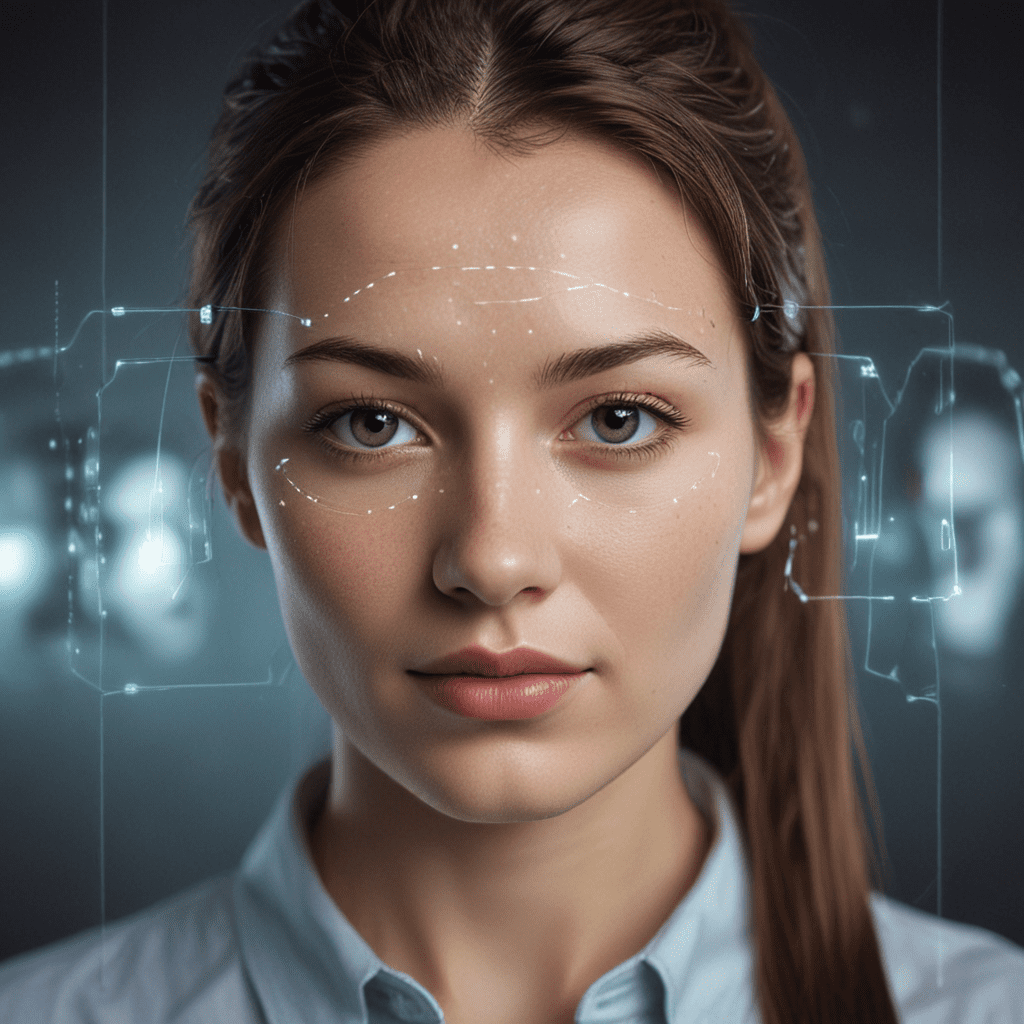
Facial Recognition Technology: The Future of Authentication Systems
Introduction
With the rapid advancements in artificial intelligence (AI), facial recognition technology is emerging as a highly promising solution for authentication systems. This innovative technology offers numerous advantages over traditional methods, enhancing security, convenience, and efficiency in various applications.
How Does Facial Recognition Technology Work?
Facial recognition technology relies on sophisticated algorithms that analyze unique facial features to identify individuals. It works by capturing an image of a person's face, extracting distinct characteristics such as the shape of the eyes, nose, and mouth, and creating a biometric template. This template is then stored in a database and compared to live images for identification and authentication purposes.
VI. Emerging Trends in Facial Recognition Technology
The field of facial recognition technology is continuously evolving, with new advancements and capabilities emerging. One notable trend is the integration of AI and machine learning algorithms, enabling systems to learn and improve their accuracy over time. Additionally, advancements in sensors and hardware are enhancing the quality and speed of facial recognition processes.
VII. Future Prospects
The future of facial recognition technology holds immense promise. As the technology matures and becomes more sophisticated, it is expected to play an increasingly significant role in various industries and applications. Its adoption is likely to expand in areas such as healthcare, banking, and education, providing enhanced security, convenience, and personalized experiences.
VIII. Regulatory Landscape and Policy Implications
The widespread adoption of facial recognition technology has sparked important discussions and considerations regarding privacy, surveillance, and ethical implications. Governments and regulatory bodies worldwide are actively working to develop frameworks and policies that balance the benefits of facial recognition with the need to protect individual rights.
IX. Best Practices for Responsible Use
To ensure the responsible and ethical use of facial recognition technology, it is essential to adopt best practices that prioritize transparency, fairness, and accountability. Organizations should obtain clear consent from individuals before using their facial data, implement robust data security measures, and establish mechanisms for addressing bias and potential discrimination.
X. Conclusion
Facial recognition technology is revolutionizing the way we authenticate and identify individuals. Its advantages in terms of security, convenience, and efficiency make it an attractive solution for a wide range of applications. As the technology continues to evolve and mature, it is expected to have a profound impact on various industries and aspects of our lives. However, it is crucial to address ethical considerations and adopt best practices to ensure the responsible and equitable use of facial recognition technology.
FAQ
Q: Is facial recognition technology accurate?
A: Facial recognition technology has made significant progress in terms of accuracy, with some systems achieving high levels of precision. However, factors such as lighting conditions, facial expressions, and variations in appearance can affect accuracy.
Q: What are the privacy concerns associated with facial recognition?
A: Facial recognition technology raises concerns about privacy and surveillance, as it can be used to track and identify individuals without their knowledge or consent. It is essential to implement ethical guidelines and regulations to protect individuals' rights.
Q: How can facial recognition be used to enhance security?
A: Facial recognition can significantly enhance security by providing reliable and efficient authentication. It can be used for access control, law enforcement, and fraud prevention, reducing the risk of unauthorized access or fraudulent activities.


